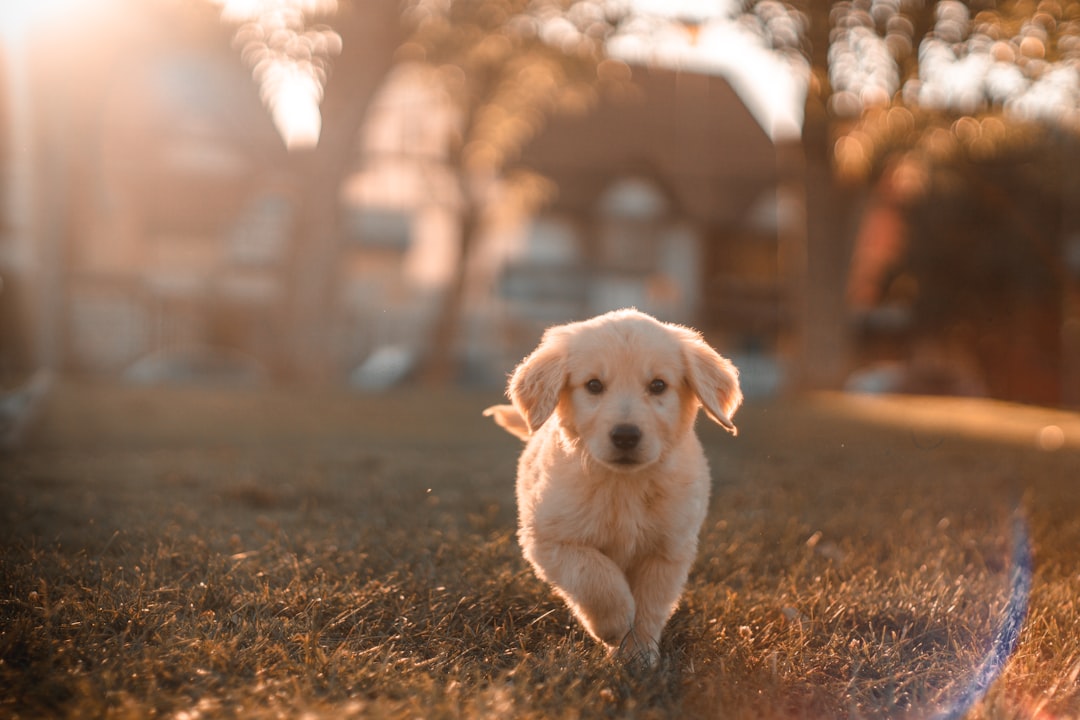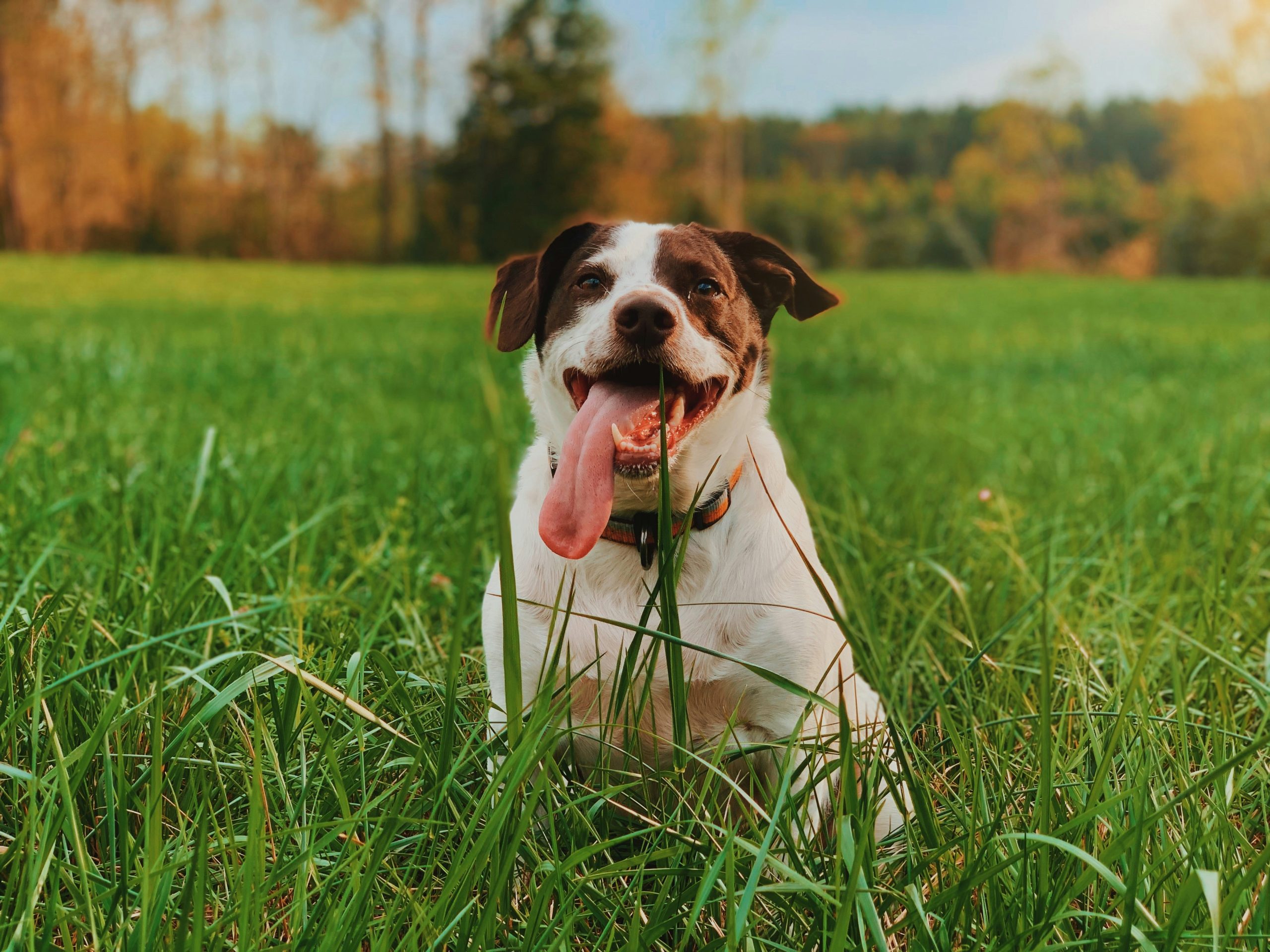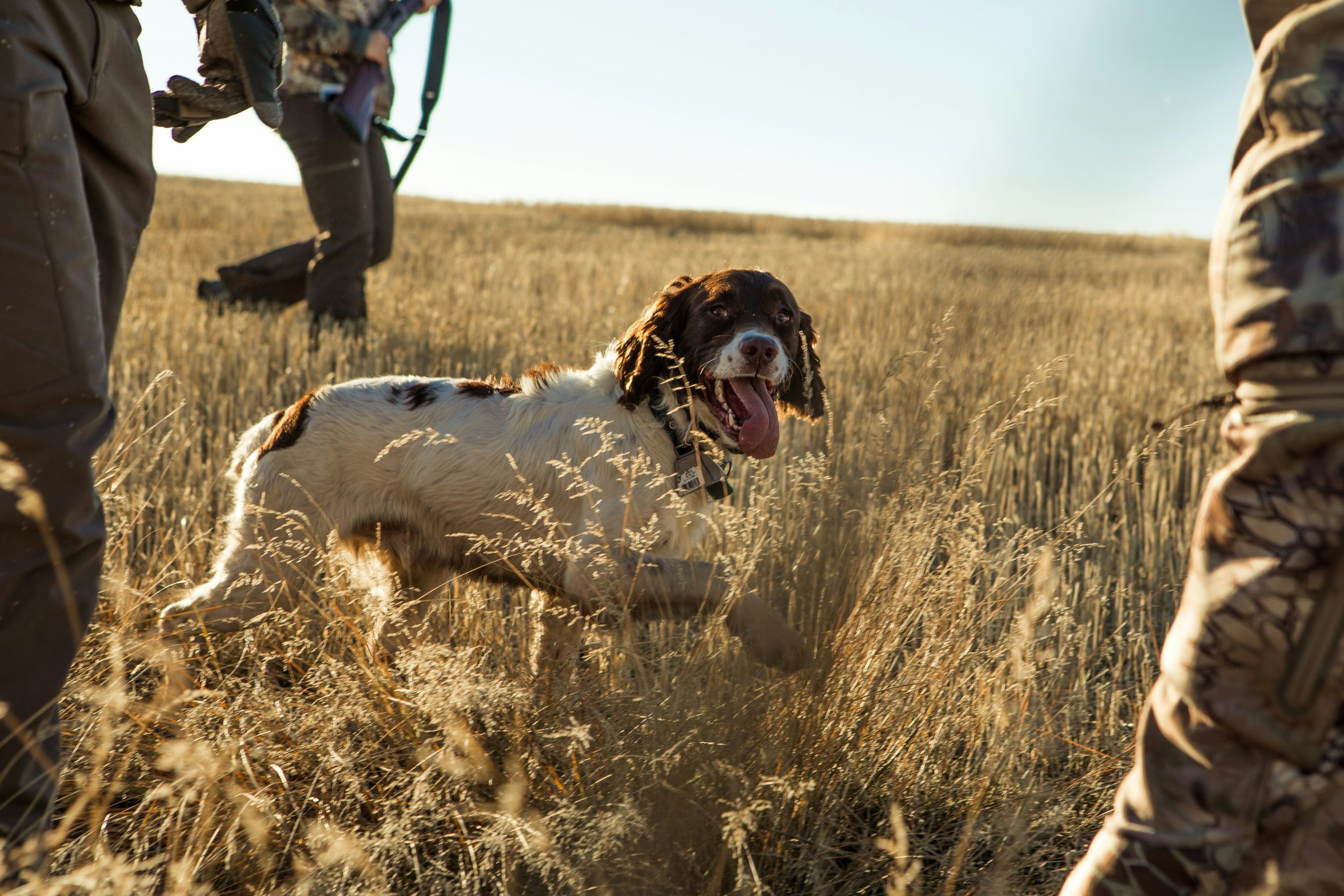The Evolution of Dogs: How Human Interaction Shaped Mans Best Friend
The Influence of Human Interaction on the Evolution of Dogs: Exploring the co-evolution of genetic, physiological, and cultural traits as evidence suggests a deep bond between humans and canines, impacting canine evolution.
Dog Domestication and Integration into Human Society
The split of dogs from gray wolves about 32,000 years ago marked a significant turning point in the domestication process, leading to their integration into human society. This pivotal event initiated a gradual transformation that saw the evolution of dogs from their wild ancestors into the loyal companions we know today. The domestication of dogs occurred over a prolonged period, with the first dogs being domesticated around 33,000 years ago, signifying a deep-rooted connection between humans and canines. This lengthy coexistence and partnership have had a profound impact on both species, shaping their genetic, physiological, and behavioral traits.
Furthermore, the evidence of dog burials provides compelling support for the deep integration of dogs into human society. These burial sites not only signify the significance of dogs in the lives of early human communities but also illustrate the emotional and symbolic bond that existed between humans and canines. The existence of such burial practices underscores the pivotal role that dogs played in human societies, serving as loyal companions, guardians, and hunting partners. The presence of dogs in these burials is a testament to the enduring connection and interdependence that has characterized the relationship between humans and dogs throughout history, reinforcing the notion that dogs have been an integral part of human society for millennia.
Co-evolution of Genetic and Physiological Traits
The co-evolution of genetic and physiological traits between dogs and humans has significantly influenced the relationship between the two species. One striking example of this co-evolution is the similarity in the genes responsible for digestion and metabolism in both dogs and humans. Research has shown that domestic dogs’ brains and digestive organs have evolved similarly to those of humans, indicating a close and intertwined evolutionary journey.
Furthermore, the behavioral traits in dogs and humans have also evolved in parallel. Both species have undergone similar changes in brain processes, including genes that affect levels of aggression and other behavioral characteristics. This suggests that the co-evolutionary path of dogs and humans goes beyond physical traits and extends to the intricate genetic makeup that shapes behavior and social interaction.
Moreover, the physiological traits of dogs have been profoundly impacted by their interaction with humans. Studies have revealed that dogs not only make more eye contact when seeking assistance but also have the ability to visualize their owner’s face and potentially experience a reciprocal bond of love. These findings provide compelling evidence of the co-evolution of physiological traits, as dogs have developed mechanisms to communicate and form emotional connections with humans, aligning with the changes in human behavior and social structures over time. This deep integration on a genetic and physiological level underscores the profound influence of human interaction on the evolution of dogs, shaping them into the companion animals we know today [1].
Influence on Canine Traits
The influence of human interaction on the evolution of dogs has led to specific physical and behavioral changes in domesticated canines. One significant aspect is the impact on canine eye color, which researchers suggest may have been influenced by human preferences for friendly faces. As a result, dark eyes are more common in domesticated dogs than in their wild relatives, highlighting the potential role of human selection in shaping this trait. This is a clear example of how human interaction has played a role in shaping the physical appearance of dogs over time.
Moreover, the evolution of facial muscles in dogs to pull a doleful expression has been identified as a result of human interaction. This expression triggers a nurturing response in humans, leading to the perception of dogs as more friendly and sociable. This behavioral adaptation in dogs illustrates how their interactions with humans have influenced not only their physical appearance but also their ability to communicate non-verbally, contributing to their unique bond with humans. It is evident that the cultural and domestication processes have significantly shaped the physical and behavioral traits of dogs, showcasing the intricate influence of human interaction on canine evolution.
The Cultural Evolution of Dogs
The process of dog domestication and integration into human society has not only led to physical and behavioral changes but has also sparked a cultural evolution in the canine world. The slow and gradual process of dog domestication involved the coexistence of semi-domesticated animals, which frequently returned to the wild and interbred with wolves, contributing to the unique evolution of dogs from their wolf ancestors. This intricate cultural evolution has not only shaped the physical appearance of dogs but has also influenced specific dog breeds in profound ways.
One compelling example of the impact of cultural evolution on specific dog breeds is the physical changes that have occurred due to selective breeding. For instance, certain dog breeds, such as bulldogs and pugs, have been selectively bred to have such pronounced facial features that they are unable to give birth without assistance, often requiring a C-section for the safety of the mother and her puppies. This example vividly illustrates how human intervention and preferences have resulted in physical changes that can impact the health and well-being of certain dog breeds, highlighting the unintended consequences of cultural evolution in the domestication process.
Furthermore, the cultural evolution of dogs has also extended to the behavioral and psychological traits of different breeds, as they adapt to their roles in human society. From herding and hunting to providing companionship and emotional support, dogs have undergone a significant transformation in their behavioral traits, aligning with the diverse needs and preferences of human societies across different cultures and time periods. This cultural evolution not only reflects the deep intertwining of human and canine history but also underscores the far-reaching impact of human interaction on the evolution of dogs, both physically and behaviorally.
This rich tapestry of cultural evolution in the relationship between humans and dogs continues to unfold, shedding light on the intricate and multifaceted nature of the bond between these two species and emphasizing the need for ongoing research and understanding of the profound influence of human interaction on the evolution of dogs.
The Ongoing Research and Initiatives
The ongoing research into the influence of human interaction on dog evolution is crucial for understanding the deep connection between humans and canines. Initiatives such as the ManyDogs project are at the forefront of this exploration, aiming to gather evidence that sheds light on the intricate ways in which human interaction has shaped the evolution of dogs. By examining the historical and contemporary dynamics between humans and dogs, researchers are uncovering valuable insights into the co-evolution of these two species, providing a comprehensive understanding of the profound impact of human-canine interactions on the genetic and behavioral traits of dogs.
Furthermore, the studies that support the assumption that dogs reciprocate love towards humans underscore the need for continued research to delve deeper into the emotional and psychological aspects of the dog-human bond. The evolving nature of this relationship requires ongoing investigation to unravel the complex interplay of emotions and behaviors that have developed as a result of millennia of coexistence and collaboration between humans and dogs. Through systematic inquiry and rigorous scientific inquiry, researchers are poised to unlock the secrets of this extraordinary relationship, paving the way for a deeper understanding of the profound influence of human interaction on the evolution of dogs. As new discoveries emerge and technological advancements enable more nuanced investigations, the future outlook holds great promise for significant advancements in comprehending the intricate dynamics between humans and their canine companions, propelling the ongoing nature of research in this field.



